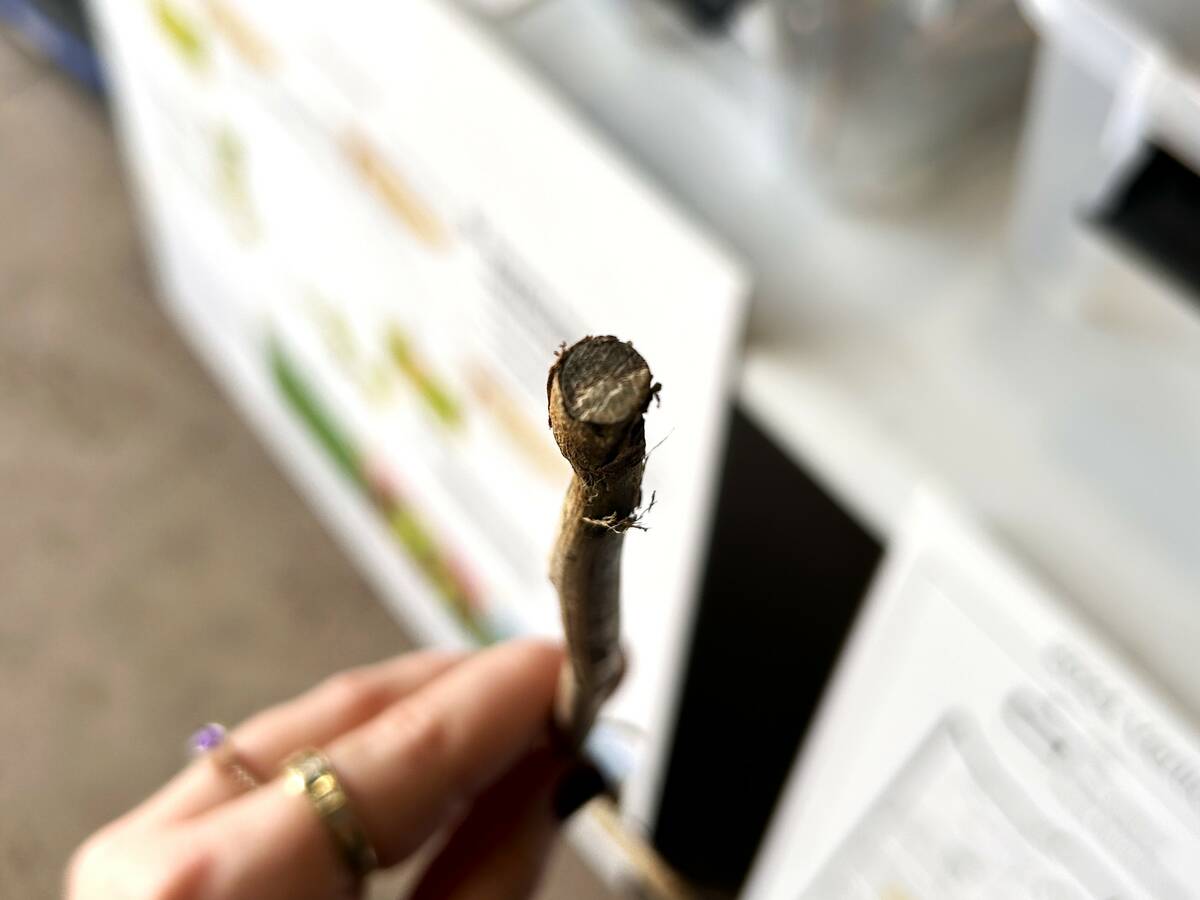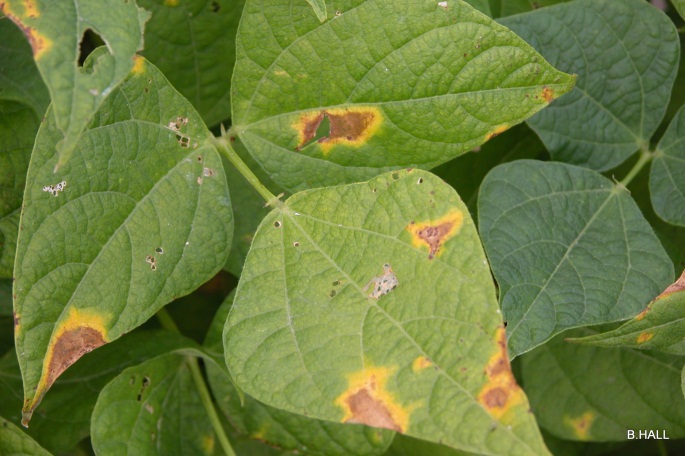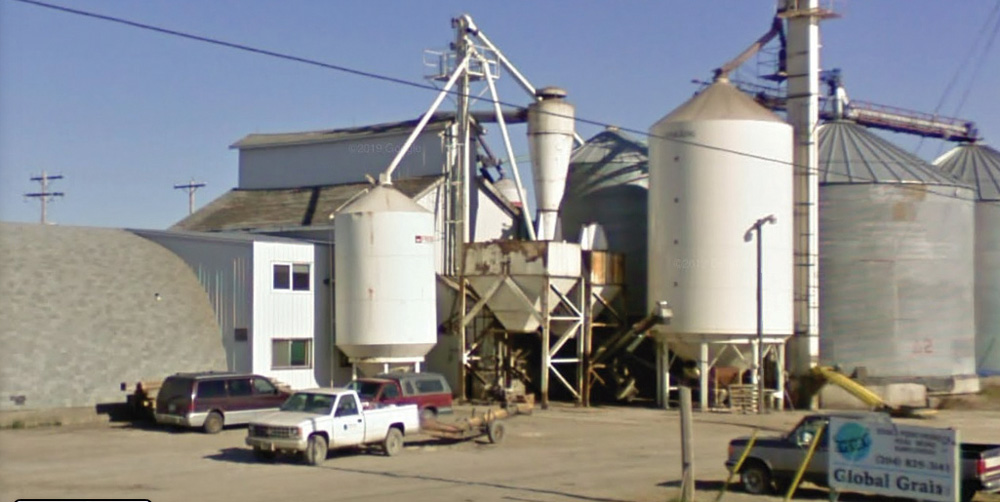Do you eat chickpeas? Enjoy hummus or black bean stews? If so, you’re part of a small group in Canada.
Researchers from Ipsos Reid recently conducted a survey in Canada and found that people don’t know how to prepare pulses, or don’t consider them when planning meals. This represents a significant opportunity for anyone involved with the pulse industry, but there has been a lack of publicly available information about pulse consumption in Canada.
In order to learn more, Pulse Canada and Alberta Pulse Growers joined with Alberta Agriculture and Ipsos Reid to conduct research into how and why people eat pulses. Sheela Das, a market researcher with Ipsos Reid, presented some of the findings at a recent seminar here.
Read Also

Manitoba canola embattled by verticillium
Verticillium stripe pressure has been growing in Manitoba, and canola farmers still have precious few tools to protect their crop from the disease.
“This is the first time that we have solid, statistically valid data about what pulses people are consuming and how frequently they are consuming them. It also gives us a chance to look at why people are consuming them, and more importantly, why aren’t they?” said Das.
The data was collected in three different stages. The first involved an online survey of 1,100 Canadian adults from all regions of Canada in December 2009. Once the surveys were conducted, a number of focus group sessions were held to discuss pulse consumption in Edmonton and Toronto.
“The purpose of the focus groups was to take a look at messaging and communication, to see what was resonating with the public,” said Das.
Another aspect of the survey looked at the pulse consumption of South Asians, the biggest consumers of pulses in Canada.
WHAT’S A PULSE ANYWAY?
Many Canadians are not aware that many of the foods they eat contain pulses, said Das. There are people who eat hummus that are not aware that hummus is made from chickpeas, she said.
The researchers found many Canadians don’t know what pulses are and so this must be communicated explicitly in any advertising, said Das. “If we are going to use the term ‘pulses’ in Canada, then spell it out and talk about beans, peas, chickpeas and lentils,” she said. “Take any of the guesswork out of this.”
As part of the survey, Canadians were asked if they had eaten a variety of pulses in the past six months at home or in a restaurant. Beans were the most commonly consumed pulse, as about 56 per cent of those surveyed had consumed them in the last six months. Peas and chickpeas were consumed by about half the participants, while lentils were only consumed by about 41 per cent of those surveyed.
“One in five Canadians say that they haven’t eaten any pulses in the last half-year, which is quite high,” said Das.
The survey showed a low frequency of pulse consumption. Even the people who were eating them more frequently were only eating them monthly or less than once a month. About 60 per cent of pulse consumers were eating one of the pulses about once a month. Pulse consumption was highest in B. C. and lowest in Atlantic Canada. The highest percentage of non-consumers were located in Alberta. “So we have our work cut out for us and this is a great market to be in,” said Das.
IMMIGRANTS EAT MORE
Pulse consumption is higher among university-educated, older people. Most of the non-consumers were born and raised in Canada, while moderate to heavy consumers tended to be foreign born.
“They’re not all coming from countries that traditionally consume pulses,” said Das. “Only about seven per cent come from South Asia, Latin America, the Caribbean and Africa,” she said. “Most of them classify as British or European.”
Households containing even one vegetarian consumed a greater amount of pulses.
Most people purchased their beans in canned form, followed by dried and then soups. Peas and lentils were consumed in dried and soup form. By contrast, chickpea consumption varied, as many people were consuming them in dips and spreads as well as in canned form. “Hummus really seems to be the big factor driving chickpea consumption,” said Das. Pulses were generally consumed in soups, chilis or curries.
People generally choose to consume pulses as a side dish, and not as the main part of a meal, reported Das. Convincing people that pulses could be a substantial part of the meal could really increase consumption,” she said.
Das believes that educating people about how to cook pulses and introducing them to new recipes may be key in increasing pulse consumption in Canada. The interest in local foods could also be tapped, said Das, if people start to become aware that pulses are produced in Canada.















